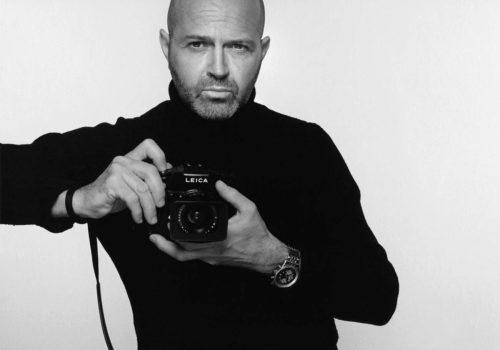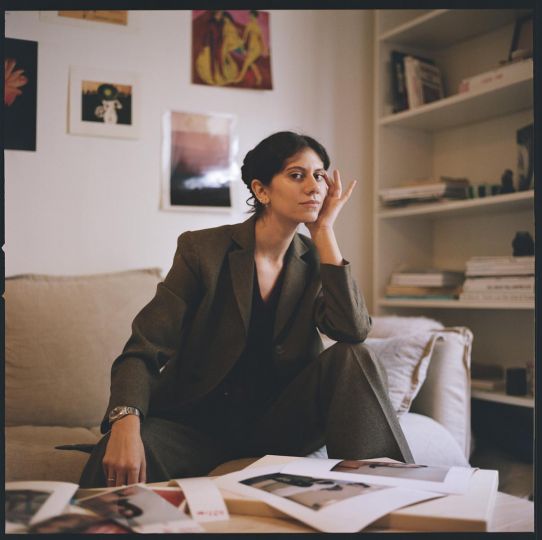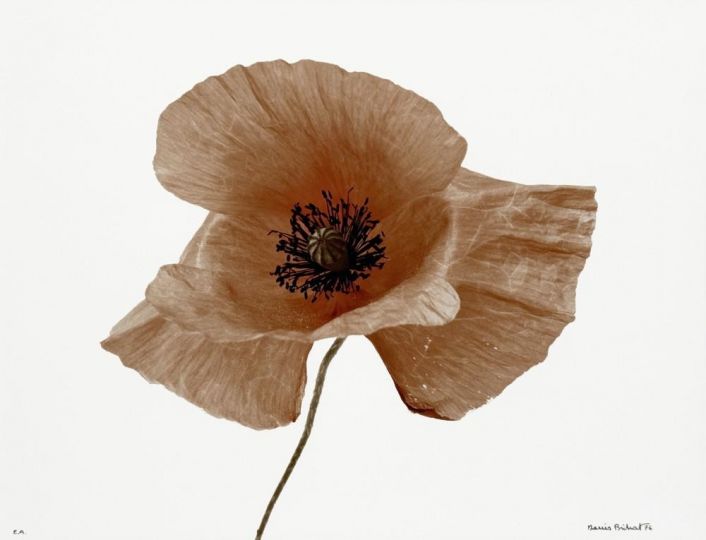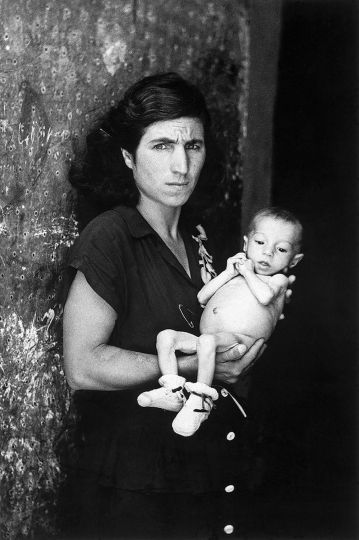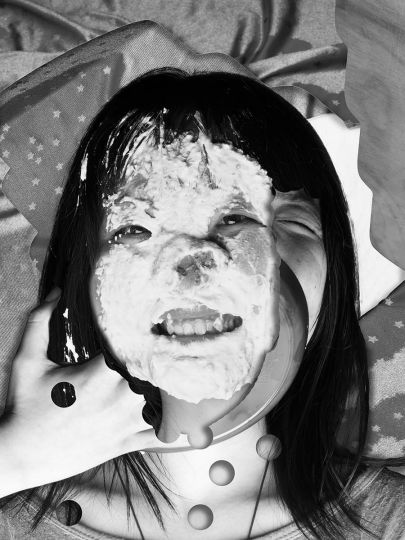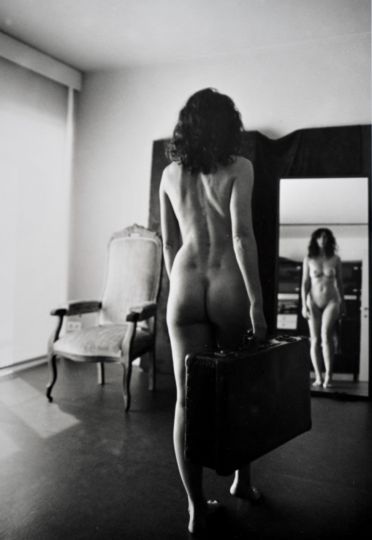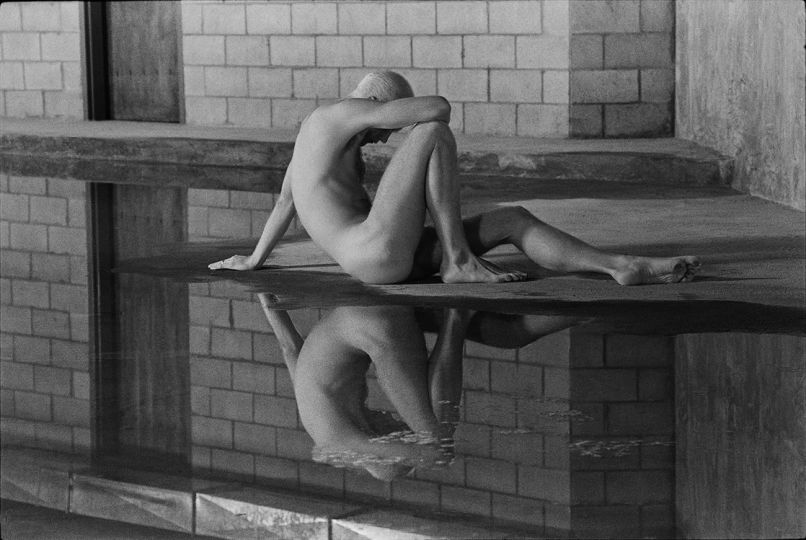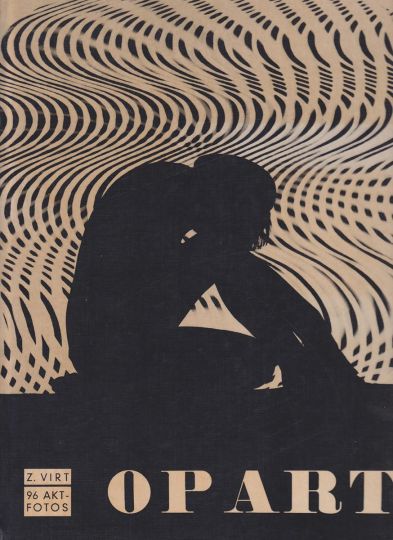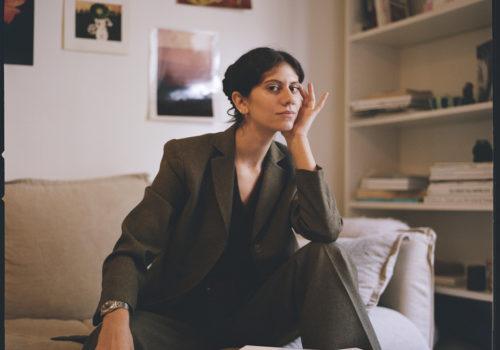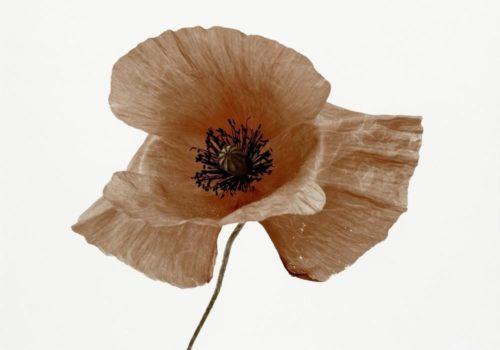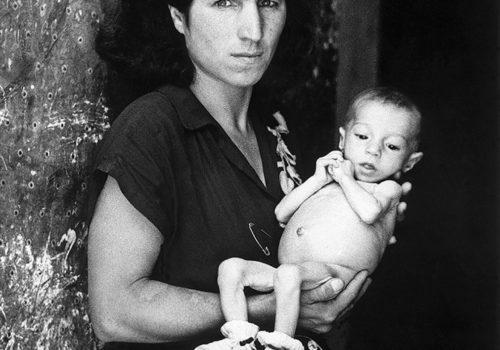Olivier Denis : A Hymn to Life
Contemporary photography often leaves little room for empathy, but few capture the human soul with as much sensitivity and depth as Olivier Denis. Renowned for his intimate and authentic approach, he presents a moving series of portraits dedicated to women battling breast cancer. “Women in Turmoil” is a collection of poignant shots that testify not only to the resilience and courage of these women but also to their intrinsic beauty, transcendent beyond illness.
Through his lens, Olivier Denis does more than freeze moments; he tells stories of struggle, hope, and rebirth. His series, imbued with respect and empathy, offers a fresh perspective on illness—far from clichés and stereotypes—showcasing the strength and dignity of those affected.

